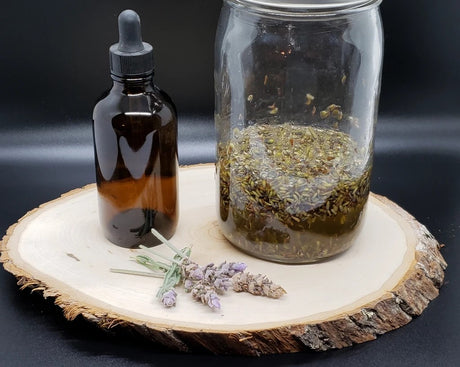
Lavender Infused Oil Recipe
The scent of lavender is delicate and calming. This is another once of my favorite herbs. It may be somewhat difficult to grow but this Lavender infused Oil recipe is...
Mary Smith |
Welcome to our store Learn more

The scent of lavender is delicate and calming. This is another once of my favorite herbs. It may be somewhat difficult to grow but this Lavender infused Oil recipe is...
Mary Smith |

I am often asked about my favorite crops to grow so I thought I'd share. This is the print version from my video Top 10 Homestead Crops Choosing my favorites...
Mary Smith |
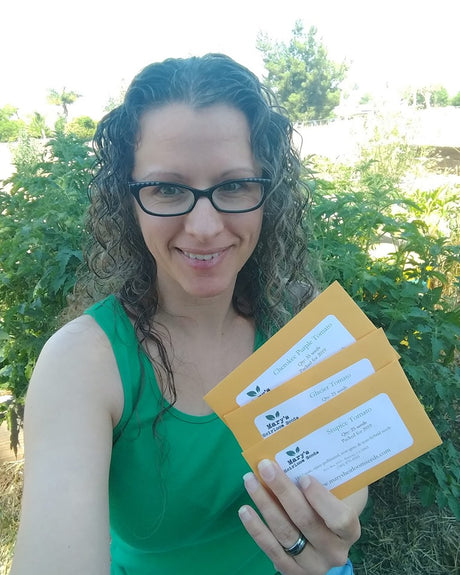
Garden Gifts are my favorite! Audrey Hepburn said, "To plant a Garden is to Believe in Tomorrow." Sharing the gift of gardening is amazing! (that's my own quote) At Mary's...
Mary Smith |

We hope you have enjoyed all of the "growing" and plant spacing articles so far. We are frugal people and I love a good DIY project in the garden that...
Mary Smith |
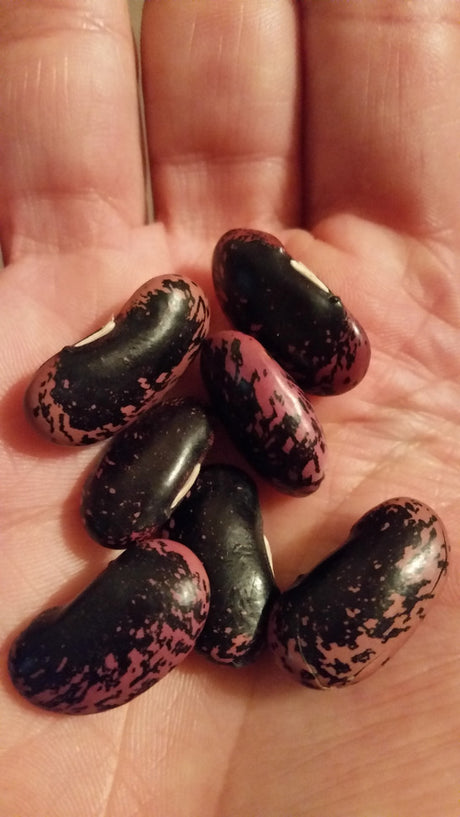
I love reading about people in their community growing food and building relationships thru their food gardens. This particular story touched my heart so I'm sharing with you too 11...
Mary Smith |
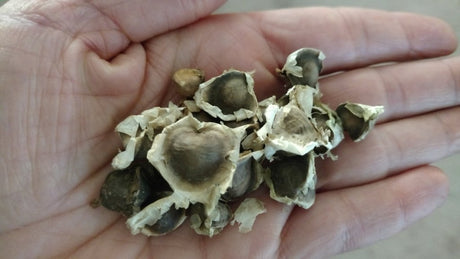
11/11/2017 We're growing Moringa Oleifera on our homestead! This is one of those things that makes me excited about growing. Moringa is a new one for us here. What is...
Mary Smith |

Mary's Heirloom Seeds Quick Links Seed Combo Packs BACK TO BASICS HOMESTEAD PACK FALL GARDEN COMBO PACK FALL GARDEN SUPER PACK FREE SEEDS with purchase of Coconut Coir pellets...
Mary Smith |
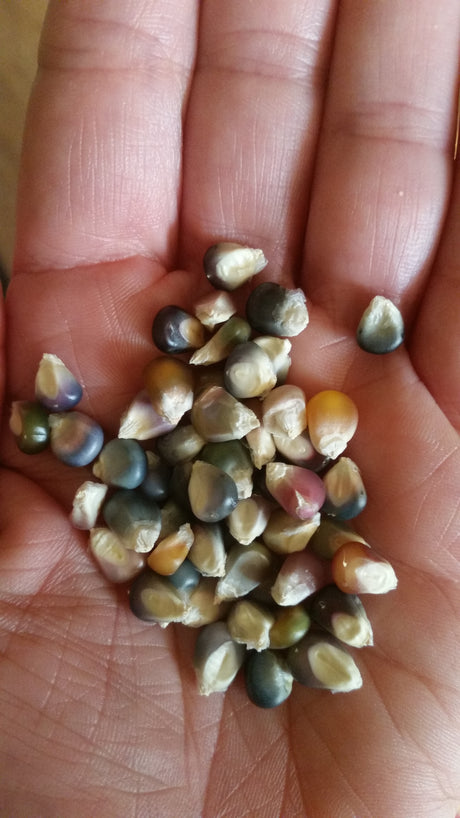
TIP: Stocking up on seeds for SHTF only works if you're actively growing and rotating seeds! Please don't fall for the "lasts indefinitely" claim from most survival seed companies. Seeds...
Mary Smith |

This article is in response to a recent article I shared about Crops rotting in the field because farmers lacked the labor force to complete their harvest. There are many...
Mary Smith |

We've discussed recycling and composting in the garden a few times. There are many benefits of composting not just for the garden but also for our planet! If you...
Mary Smith |

We sent this out yesterday to our e-mail list but thought it would be nice to share to our blog as well. Happy Planting! Mary's Heirloom Seeds Quick Links Greek...
Mary Smith |
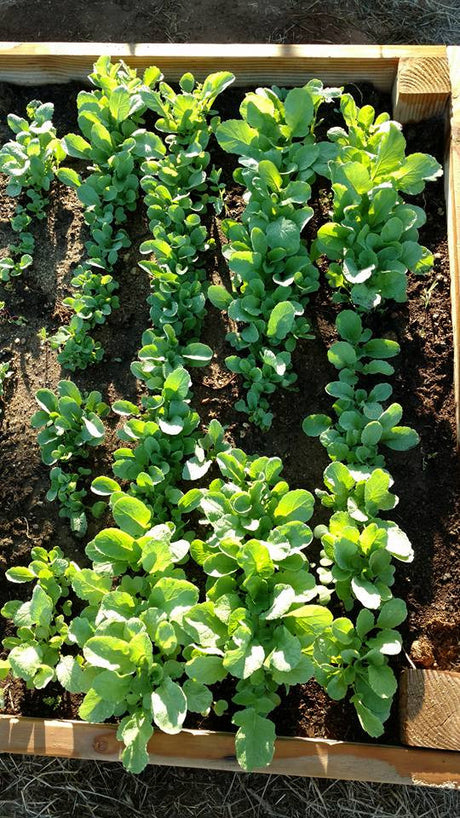
I love our raised bed gardens!!! There are so many benefits such as less water usage, almost zero weeding and best of all, LOTS of food produced in a small...
Mary Smith |

We're finally updating our Build Your Own Raised Bed tutorial! Our first post was in 2015 when we moved to our new homestead and built a bunch of 8 foot...
Mary Smith |